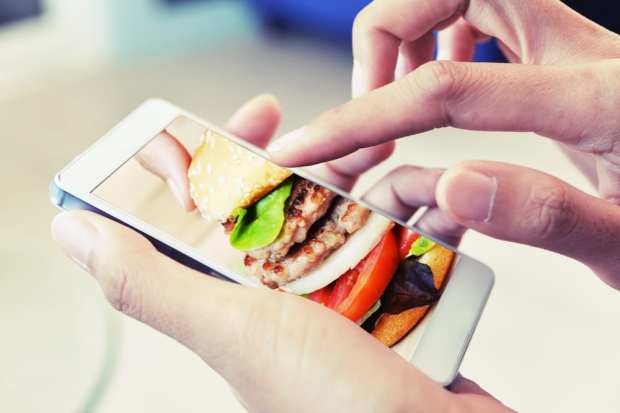Order-To-Eat Leverages Loyalty Big-Time

To understand the origins of customer loyalty as a phenomenon, PYMNTS turned to Stanford University’s Encyclopedia of Philosophy, which states, “Loyalty is usually seen as a virtue, albeit a problematic one. It is constituted centrally by perseverance in an association to which a person has become intrinsically committed as a matter of his or her identity.”
In other words, when it comes to food, it’s not so much about what you eat as where. So it goes too with the mobile food ordering revolution, which fed a nation on lockdown, and now plans for recovery and beyond. You can bet that loyalty and rewards will be spotlighted like never before.
PYMNTS’ July 2020 Order To Eat Tracker® done in collaboration with Paytronix looks at the loyalty through the lens of recovering fast casual eateries and quick-service restaurants (QSRs) and their unique new needs.
“The most successful loyalty programs boast a high penetration rate across the board. One of the simplest ways for QSRs to foster guests’ adoption and use of a loyalty program is to create an omnichannel ecosystem that ties loyalty to every form of guest engagement,” Lee Barnes, head of data insights at Paytronix, told PYMNTS.
“Guests should be rewarded every time they identify themselves at a point of sale. This both encourages them to continue using the program and provides valuable data collection for the brand. Ensuring that guests are able to identify themselves at every opportunity requires seamlessly integrating the loyalty program with other touch points like online ordering.”
Loyalists Order More, More Often
Dawning realizations around mobile order-ahead and its nuanced influence on activating customer loyalty are bringing more companies around to a platform management approach, where data from the two can be analyzed and acted upon using a single unified system.
“When [Paytronix] studied the data, we found that brands saw an 18 percent increase in order frequency for the average guest by combining loyalty and online ordering,” Barnes said.
For example, “Pairing loyalty and gift cards resulted in an average of 2.2 times greater spending on combined gift and loyalty cards — meaning that guests spent more when offered rewards for paying with their gift cards,” he added. “Loyalty programs can do more than enable data-driven decision-making to boost revenue. When implemented thoughtfully, loyalty can provide direct, measurable return on investment (ROI) with little additional effort.”
The most successful omnichannel programs are prioritizing mobile apps, naturally, which are powerful handheld tools for engaging customers, building awareness and driving volume.
Restaurants Readying
From contactless “smile to pay” facial recognition biometrics to wave-and-go mobile wallet tech, digital is reigning supreme post-pandemic, and restaurants are readying tout suite.
“More consumers are shifting to digital purchasing during the COVID-19 pandemic, and even those who are shopping in stores have begun using contactless payments at checkout. Recent PYMNTS research has revealed an almost fivefold increase since March 6 in customers’ use of restaurant aggregators as a substitute to eating in their favorite restaurants,” according to the July Order To Eat Tracker®.
“This illustrates that eateries interested in rolling out loyalty programs must consider the channels consumers are using now as well as those they are likely to turn to in the future.”
